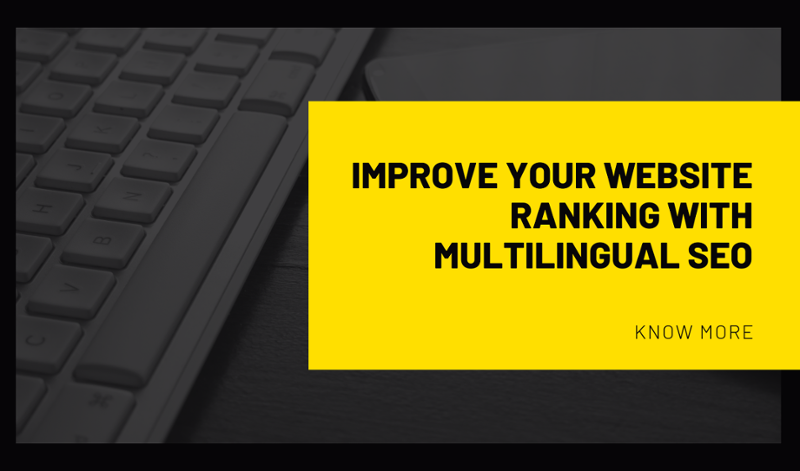Inbound and digital marketing, these two concepts are on everyone's lips, almost to the point of becoming commonplace. Even so, they involve two slightly different strategies which, at times, get confused.
Our challenge, with help from various articles from the Hubspot blog, is to outline what separates inbound and digital marketing. As well as what unites them.
The best starting point is in their definitions, aiming from the outset to help startups, as well as companies of all sizes, to not get lost in terms and concepts that explain two of the most current marketing strategies.
Question 1: what is inbound marketing?
This concept isn't a new one, although it has only become more widespread in the last decade.
Opinions vary, but most agree on using “new marketing” or “attraction marketing” as the best terms to explain “an innovative strategy which breaks away from old marketing concepts and entails a new work vision”. In practice, inbound marketing is the response to old marketing, outbound marketing, in other words, with “inbound marketing (...) you help yourself "get found" by people already learning about and shopping in your industry".
Inbound marketing is the response to old marketing, outbound marketing, in other words, with “inbound marketing you help yourself get found by people already learning about and shopping in your industry"
This new method inverts the process, with this innovative strategy which breaks away from old marketing concepts and entails a new work vision, the potential client is the one who finds your company, thanks to online content published through various tools such as blogs, videos and social media. One fact is obvious: the options are numerous, making inbound marketing a challenge for companies.
4 essential pillars of inbound marketing
- Attract strangers' traffic;
- Convert visitors into leads;
- Convert leads into customers;
- Delight and keep customers so that they become your brand promoters.
According to Hubspot, through inbound marketing "you only approach people who self-qualify themselves. They demonstrate an interest in your content, so they are likely to be interested in your product." As such this is the appropriate strategy for companies - whatever their size - who find it difficult to qualify leads. It entails a systematic method to convert visitors into leads and leads into customers.
Question 2: what is digital marketing?
It's best to start with a possible definition for digital marketing. Of the many that exist, we chose this one: the array of activities a company undertakes online aiming to attract customers, create successful relationships and further develop a brand identity.
In practice, digital marketing is defined as “an action plan and tactics” which the organisation's marketing department is tasked with, in addition to managing its relationship with the brand's followers on social media or increasing its audience on the company's website.
In short, borrowing an idea from Hubspot, “an umbrella term for all of your company's online marketing efforts”, something that gained importance with the rise of the internet.
Inbound vs. digital marketing: differences
Even the most familiar with these concepts admit: at times, it is very difficult to tell the difference between inbound marketing and digital marketing. Still, we can boil it down:
- Inbound marketing represents the market strategy, relevant to the company's management;
- Digital marketing develops action plans and depends on the organisation's marketing department;
- Inbound marketing focuses on capturing leads, increasing sales and other business related aspects;
- Digital marketing is not limited to this purpose, it should also improve the relationship with the brand's fans on social media or expand the audience on the company's website;
- Digital marketing opts for outbound marketing tactics, cases of unwanted advertising, paid ads on websites, SPAM mailing, among other actions.
Despite the differences, one point binds inbound marketing and digital marketing, since the two strategies aim to reach the target audience. Using different paths.
LEARN MORE
What is, after all, the inbound marketing?
Digital marketing: avoid these 11 mistakes
At AP Portugal Tech Language Solutions we have solutions and human resources that can help your digital marketing strategy from the moment you choose the CMS to content translation and localization, SEO and even SEA.
In any case, we think we should warn you about the mistakes you must not make when it's time to invest in a digital marketing strategy. As such, we've compiled a list of the 11 most common mistakes that are still made today in digital marketing.
- Not knowing about inbound marketing
- Not using email marketing
- Not having a digital marketing strategy
- Not investing in a company website
- Not promoting content on social media
- Highlighting the company's importance but not the product
- Not knowing the company's buyer personas
- Not understanding the client's goal (Awareness, Consideration and Decision)
- Not investing in SEO
- Not producing relevant content
- Not paying attention to the layout of the website, CTA or landing page.
Our final note is simple: don't venture out into the demanding world of digital marketing without first understanding what level you're at, and chose to embark on this journey with specialists in such demanding areas as multilingual SEO implementation, SEA, translation and content localization.
This text was not written by a native English speaker, but by a language lover. However, all our language services are always provided by native speakers.
ABOUT US
AP PORTUGAL - Tech Language Solutions is a Portuguese translation company certified by the ISO 17100 International Quality Standard. The company offers a wide range of language services, which include translation (TEP), post-editing machine translation (PEMT), transcription, desktop publishing and subtitling, voice talent, software and website localisation technology, SEO and consulting. It invests enthusiastically in the development of partnerships and cooperation anywhere in the world where your organisation may need a partner for the African, Brazilian and European Portuguese language.
Related Articles:
Paying attention to multilingual SEO is a piece of advice you must have heard the moment...
Related Articles:
The journey towards globalisation is not a short one, with a series of challenges from...
Related Articles:
What seemed to be distant is just a year away: in 2020, according to Forbes, 30 percent...







Comments